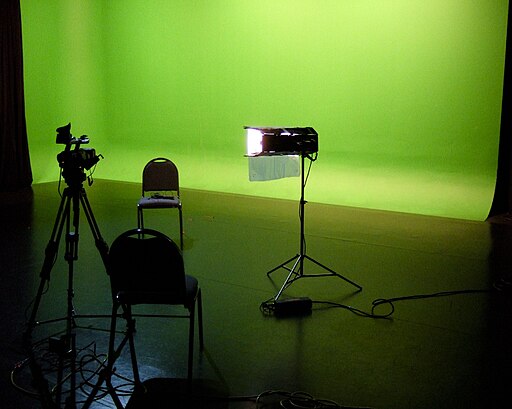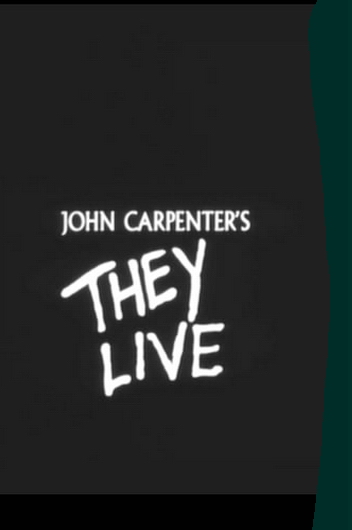WORKPRINT STUDIOS BLOG POST #15 - Augmented Reality in Film
Filmmaking Blog
Welcome to the Workprint Studios Blog.
WORKPRINT STUDIOS BLOG POST #15 -Augmented Reality in Filmmaking
Introduction to Augmented Reality in Filmmaking
Augmented Reality (AR) has revolutionized the way films are created and consumed. It merges the real world with digital elements to create a unique viewing experience for audiences. With the advent of AR technology, filmmakers can create immersive and interactive content that blurs the lines between the physical and digital worlds. This blog post will explore 10 examples of AR in filmmaking, 10 techniques and tools that enable filmmakers to utilize AR, and 10 important events that made AR in filmmaking possible.
Examples of Enhancing Storytelling and Visual Effects
Movies have been using augmented reality to enhance their storytelling and visual effects, with examples ranging from big-budget Hollywood blockbusters to independent films. "Ghost in the Shell" created a futuristic cityscape with a seamless blend of virtual and physical elements, while "Annihilation" used augmented reality to produce an otherworldly landscape filled with strange creatures. The Marvel Cinematic Universe has also incorporated augmented reality into their films, with "Iron Man" featuring the titular character's augmented reality display as an integral part of his suit. "Captain America: Civil War" utilized augmented reality to manipulate the Avengers through the villainous Zemo, and "Black Panther" used augmented reality to create the futuristic Wakanda. Independent filmmakers have also utilized this technology, such as "Sleight," which used augmented reality to create a supernatural illusion essential to the plot.
In the film "Blade Runner 2049," AR was used to create futuristic holograms and projections. In "Jurassic World," AR was used to bring dinosaurs to life in the real world. Other examples of AR in filmmaking include "Avatar," "Ready Player One," "The Matrix," "Star Wars," "Doctor Strange," and "The Lion King."
Techniques and Tools for Utilizing Augmented Reality in Filmmaking
To create AR content, filmmakers use various techniques and tools such as motion capture, 3D modeling, and computer-generated imagery (CGI). Motion capture is used to capture the movements of actors and create realistic digital animations. 3D modeling is used to create virtual environments and characters. CGI is used to add digital elements to live-action footage. Other tools for utilizing AR in filmmaking include green screens, virtual reality headsets, and special effects software.
Important Events in Time that Made Augmented Reality in Filmmaking Possible
The development of AR technology was made possible by several important events in history. In the 1960s, the invention of the first head-mounted display (HMD) laid the foundation for AR technology. In the 1990s, the introduction of GPS technology and mobile devices paved the way for AR to become a mainstream technology. In 2008, the release of the first AR app, Wikitude, marked the beginning of the AR era. In 2016, the release of Pokémon Go brought AR to the masses and popularized the technology. Other important events include the development of AR glasses, advancements in computer vision, and the growth of the AR market.
Conclusion
Augmented Reality (AR) has opened up a whole new world of possibilities for filmmakers to create immersive and interactive content. The technology has been used in various films to create unique and engaging experiences for audiences. Techniques and tools such as motion capture, 3D modeling, and CGI are used to bring virtual elements to life in the real world. Important events in history, such as the invention of the first head-mounted display and the development of AR glasses, have made AR in filmmaking possible. As AR technology continues to evolve, the future looks bright for the use of AR in filmmaking. It will continue to push the boundaries of storytelling and entertainment, expanding to new genres and platforms. The potential of AR in filmmaking is limitless, and it will be exciting to see where it will take the industry in the years to come.
DID YOU KNOW?
- The use of augmented reality in filmmaking is not limited to visual effects, as it can also be used to create immersive soundscapes and interactive environments.
- Tom Caudell, the innovator of augmented reality, came up with the idea while working on a Boeing assembly line in the early 1990s.
- Augmented reality is being used in the film industry to create interactive movie posters that come to life when viewed through a smartphone app.
- Some filmmakers are using custom-built augmented reality cameras, which can capture both real and virtual elements in a single shot, to create seamless and immersive movie scenes.
- Augmented reality in filmmaking often involves the use of specialized software and hardware, such as 3D modeling software and high-end graphics processors, to create and render virtual environments and characters.
- Many augmented reality systems used in filmmaking rely on advanced sensors and cameras that can track the movements and position of the user in real time, allowing for seamless integration of virtual and real-world elements.
- Augmented reality in filmmaking often requires the use of specialized head-mounted displays or smart glasses that can project computer-generated images onto the real world.
Where you can find us.







